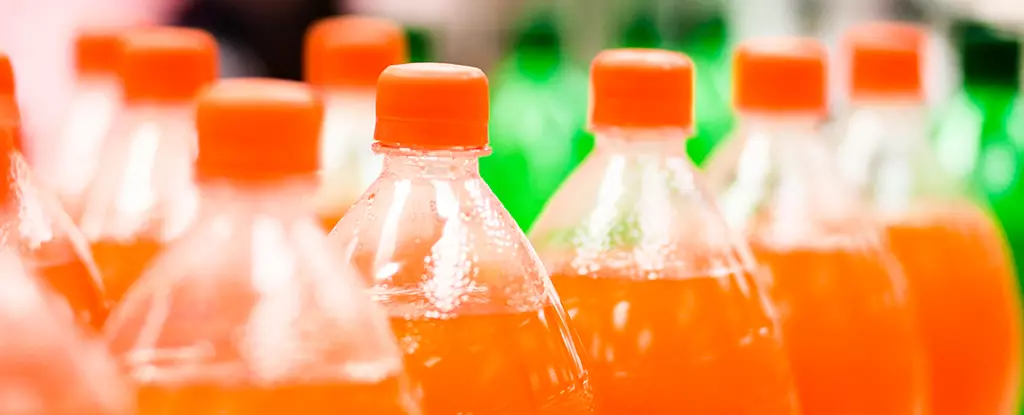

The Food and Drug Administration (FDA) in the United States has recently proposed revoking the registration of brominated vegetable oil (BVO), a modified vegetable oil used as an emulsifying agent in citrus-flavored sodas. This decision comes after numerous toxicology studies raised concerns about the safety of BVO. In this article, we will delve into the implications of the proposed ban and explore the history and potential risks of BVO.
BVO, which has been used since the 1930s, helps ensure that citrus flavoring agents in sodas remain properly mixed throughout the beverage. By attaching bromine atoms to a triglyceride, BVO creates a dense oil that evenly floats in water when combined with less dense fats. However, animal studies have indicated that BVO can accumulate in our fat tissues over time. Moreover, bromine may interfere with the function of iodine in the thyroid, leading health authorities worldwide to express concerns about the risks associated with BVO. In fact, several countries, including India, Japan, and those in the European Union, have already banned the use of BVO. Last October, California also outlawed BVO, with the legislation set to take effect in 2027.
The FDA has been slow to take action against BVO. In the 1950s, the agency classified the ingredient as generally recognized as safe (GRAS), a designation given to substances that have undergone adequate testing or, for pre-1958 ingredients, do not appear to pose harm. However, in the 1960s, concerns about its potential toxicity led the FDA to revoke BVO’s GRAS status and restrict its use to a maximum concentration of 15 parts per million exclusively in citrus-flavored drinks. The long-term risks associated with even these small amounts of BVO have been challenging to assess due to the need for extensive studies on a large sample size.
Over the years, evidence against the use of BVO has accumulated. A UK study during the 1970s demonstrated that bromine was building up in human tissues, and subsequent animal studies linked high concentrations of BVO to heart and behavioral problems. Based on recent studies examining relative concentrations of BVO in humans, the FDA now believes there is enough evidence to support a complete ban on its use. Thankfully, major soda companies like PepsiCo and Coca-Cola Co. have already begun phasing out BVO from their products, reducing consumers’ exposure to the ingredient.
The ban on BVO could signal further regulatory changes. James Jones, the FDA’s deputy commissioner for human foods, has announced that the agency is reviewing regulations pertaining to the approval of food additives. The goal is to automatically prohibit any food coloring agents found to cause cancer in humans or animals. This streamlined approach aims to enhance the efficiency of the bureaucratic process and ensure consumer safety. However, the final decision regarding the reclassification of BVO still requires an extensive review process that will likely be completed no earlier than 2024.
Fortunately, the beverage industry has already taken steps to replace BVO with alternative ingredients. Many companies have reformulated their products to maintain the tangy taste of citrus drinks without relying on BVO. As a result, few beverages in the United States currently contain BVO. With suitable alternatives readily available, the impact of the ban on the general public is expected to be minimal, if not entirely unnoticed.
The FDA’s proposed ban on BVO reflects its commitment to monitoring emerging scientific evidence and taking regulatory action when necessary to ensure food safety. The accumulated research on the potential risks associated with BVO, including its accumulation in fat tissues and interference with iodine in the thyroid, has prompted the FDA to reconsider its previous stance on the ingredient. While the final decision on the ban is pending, the beverage industry has already made significant strides in eliminating BVO from their products, offering consumers alternatives that deliver the same tangy taste without compromising on safety.
In the realm of software development, the ability to swiftly and accurately address bugs is…
The realm of quantum computing and communication is not just an abstract dream anymore; it…
In a remarkable leap for the field of material science, a collaborative research initiative has…
Throughout Earth's vast history, our planet has endured five major mass extinction events that reshaped…
Rainfall is a vital element of our planet’s hydrological cycle, yet many aspects of its…
On a night when the universe aligns, a mesmerizing phenomenon awaits: the appearance of the…
This website uses cookies.